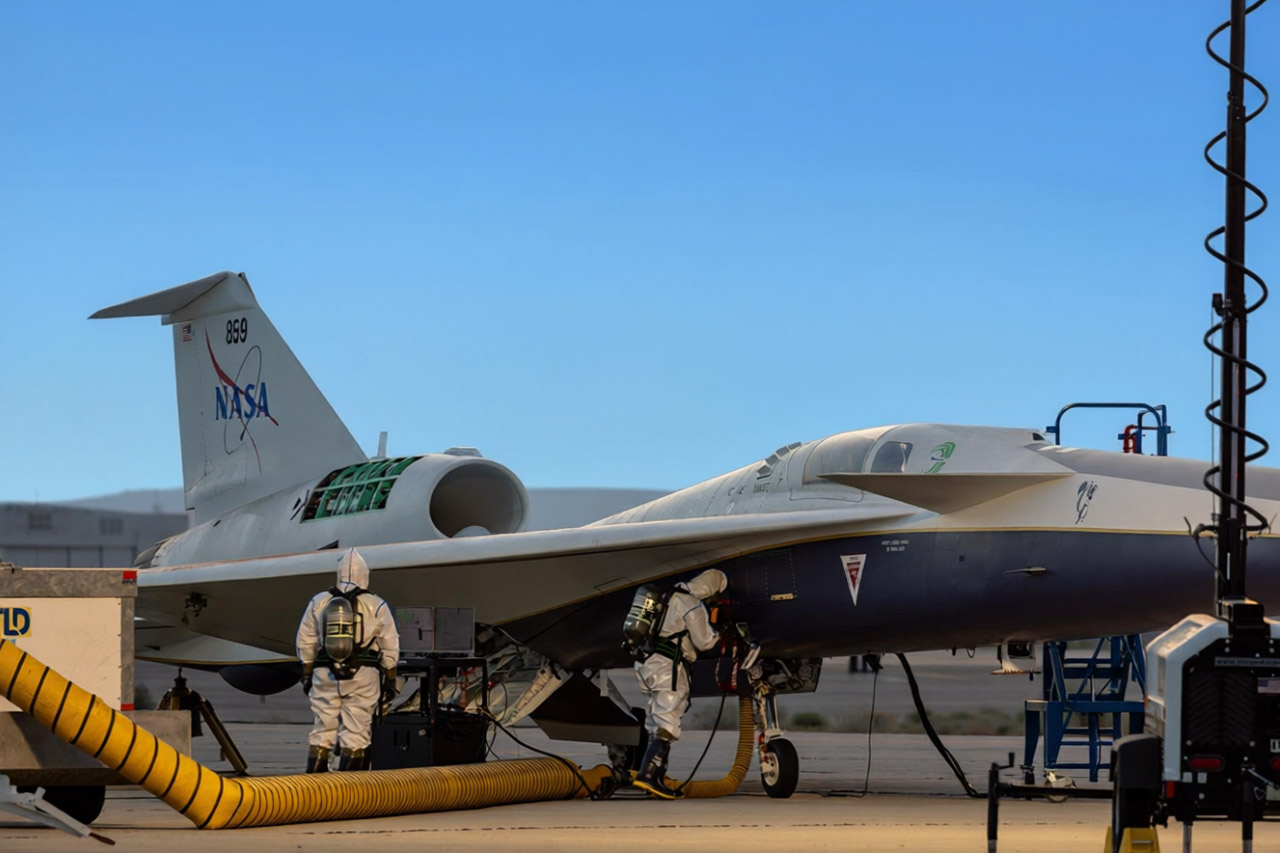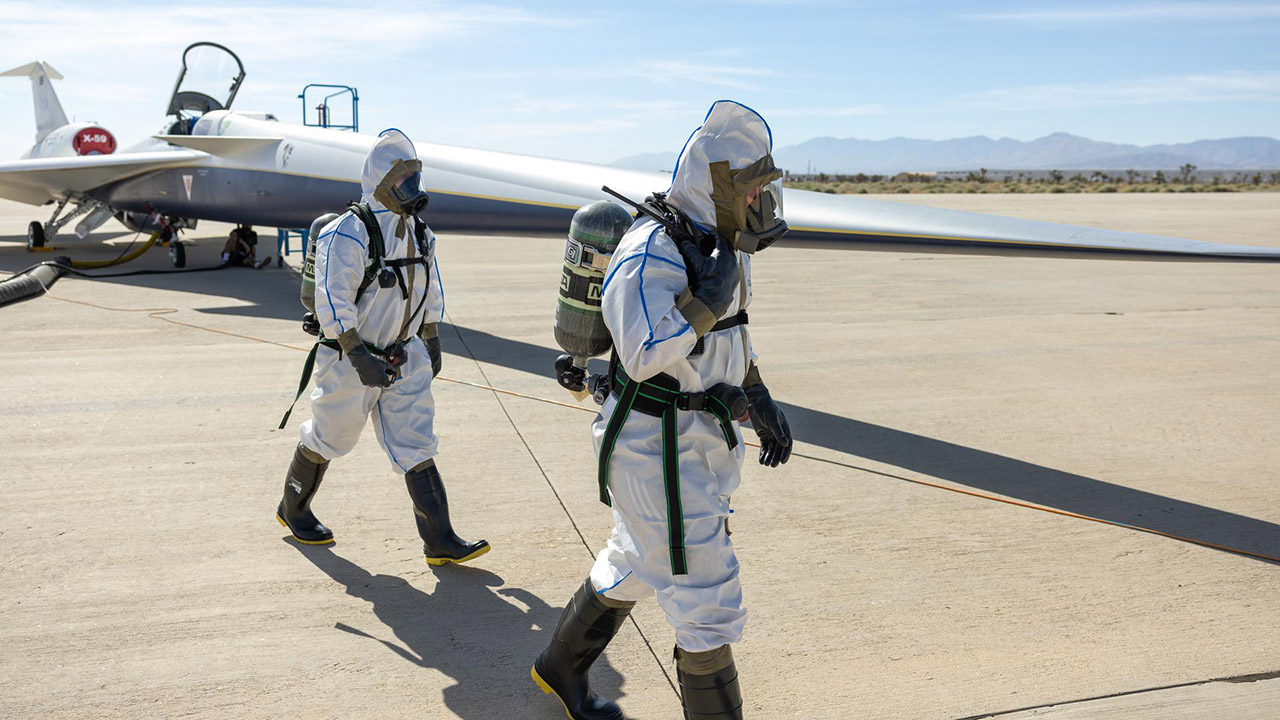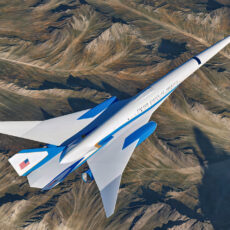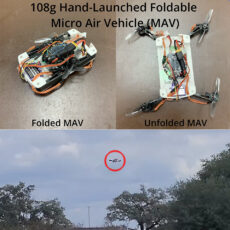
Dawn breaks over U.S. Air Force Plant 42 in Palmdale, California, where NASA’s X-59 is under floodlights, surrounded by fire trucks and safety workers. On August 18, 2025, engineers performed a critical hydrazine safety check to ensure that this sleek, experimental aircraft is ready for its first flight.
Supersonic travel has been grounded for decades because of the sonic booms that rattle communities below. The X-59, built by Lockheed Martin, is going to change that with a design that softens the shockwaves when breaking the sound barrier. Its long, needle-like nose and body shape disperses those waves, aiming for a sound like a car door closing. If it works, it will open the way for new regulations that will allow commercial supersonic jets to fly over land without disturbing the peace below.
- 2 AVIATION LEGENDS, 1 BUILD – Recreate the iconic Boeing 747 and NASA Space Shuttle Enterprise with the LEGO Icons Shuttle Carrier Aircraft (10360)...
- DEPLOY LANDING GEAR – Turn the dial to extend the massive 18-wheel landing system on your airplane model, just like real flight operations
- AUTHENTIC FEATURES & DETAILS – Remove the tail cone, engines, and landing gear from the NASA shuttle and stow them in the cargo bay during flight
This first test won’t push the X-59 to its limits – it will cruise at 240 mph at lower altitudes to make sure everything works together seamlessly. Later flights will go higher and faster, eventually supersonic. Engineers have built in layers of protection into the aircraft to handle whatever comes up. Redundant computers, backup hydraulic systems, every component is designed to keep the pilot and plane safe.
One key system is the Flight Test Instrumentation System (FTIS), a data monster that records 60 streams of information, tracking over 20,000 parameters. Shedrick Bessent, NASA’s X-59 instrumentation engineer, says the system has logged 237 days of ground tests and generated over 8,000 files. All that data gives the team confidence as they approach the first flight. Knowing how the plane behaves on the ground reduces the unknowns in the air.
The X-59 also features a digital fly-by-wire system, which was developed in the 1970s at NASA’s Armstrong Flight Research Center. Unlike older aircraft, which employed cables and pulleys, this technology converts the pilot’s commands into electronic impulses that are transmitted to the wings and tail via fiber-optic lines. In the event that one of the computers fails, the others serve as backup. The electrical and hydraulic systems feature comparable redundancies, allowing the plane to remain stable if something fails.

Hydrazine, a very toxic but reliable fuel, is the X-59’s backup. If the engine quits in flight, this will restart it and give the pilot time to recover. During the August safety check, the maintenance workers in suits went over this system with a fine tooth comb. It’s not glamorous – air ducts run from the aircraft to a service cart and ladders are everywhere – but it’s necessary to make the plane reliable.
At 55,000 feet, twice the altitude of a commercial airliner, the X-59 pilot has some unusual problems. A life support system provides oxygen through a mask, a g-suit to mitigate high-G flight and an ejection seat from a T-38 trainer as a last resort with a first aid kit, radio and water. Nils Larson, the lead test pilot, trusts his crew. Before each flight he shakes hands with crew chiefs Matt Arnold and Juan Salazar to acknowledge the aircraft is theirs. “You’re just borrowing it for an hour or two,” he says, emphasizing the team effort.










